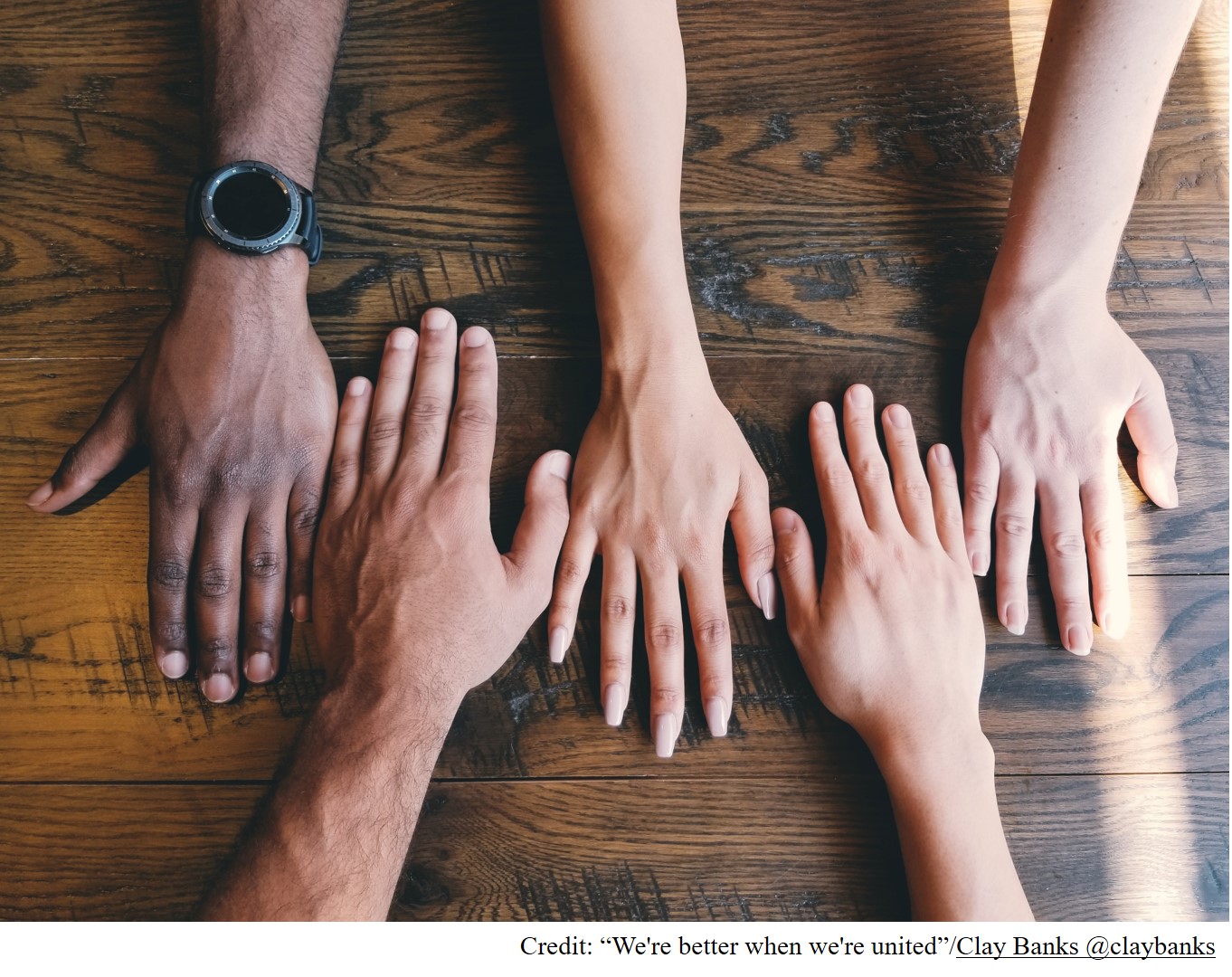
Just before the holidays, the Houston Chronicle reported that Houston civil rights leader, Eldrewey Stearns, passed away on December 23, 2020.
During the struggle against Jim Crow laws during the 1950s and 1960s, many figures rose up to fight injustice and became household names of the movement. While Eldrewey Stearns never achieved wide-spread fame for his activism, his work was foundational in its significance and impact on Houston. Along with several other students at Texas Southern University, Stearns organized the 1960 sit-in movement that would quickly lead the city to desegregate.
After being beaten by local police during a traffic stop in 1959, Stearns made up his mind to dedicate his life to fighting racial injustice. Stearns’ encounter with the police became the impetus for him to lead the first Houston student sit-in. Inspired by student protestors from North Carolina, Tennessee, and Oklahoma, Stearns led fourteen students to the lunch counter at Weingarten’s on Almeda Road on March 4, 1960. The successful peaceful protest that day marked the beginning of a series of protests from TSU students and other young people who were galvanized by their courage and determination.
Houston History magazine has featured Stearns' and others’ involvement in the Houston civil rights movement. You can find out more about his life, historical context, and his underrepresented achievements in the selected articles below.
- Eldrewey Stearns and Houston's Student Civil Rights Movement
- Houston History, civil rights articles
- Confronting Jim Crow, Houston History, Volume 8.1
Additionally, the UH Library Special Collections has archived copious amounts of material on Stearns and the Texas Southern University student led movement, as part of their Houston History Archives Collection:
- UH Library Special Collections - Thomas Cole Desegregation Papers
- UH Library Special Collection - Houston History Archives
These collections, sponsored in part by the Center for Public History and the Welcome Wilson Houston History Collaborative, contain sources that are integral to the documentary The Strange Demise of Jim Crow (1997) and historian Dr. Thomas R. Cole’s biography of Stearns, No Color Is My Kind: The Life of Eldrewey Stearns and the Integration of Houston.
- Watch The Strange Demise of Jim Crow online
- Check out Thomas R. Cole’s biography
Stearns’s student-led battle for civil rights in Houston was miraculously free of violence in most cases, but this did not mean that the protest carried on without resistance. Fed up with the non-violent action from the student protestors, Houston mayor Lewis Cutrer announced that if the protest continued, all participants would be arrested. Surprisingly, and much to the mayor’s dismay, Houston police chief Carl Shuptrine told Cutrer that the students had not broken any laws, and the police would not arrest the student protestors. This honorable stance from Shuptrine placed Mayor Cutrer in a position without support of law enforcement, forcing Cutrer to establish a bi-racial committee to resolve the issues at hand.
While the committee worked on a solution, Stearns continued to organize student protests throughout Houston, targeting influential and integral businesses such as supermarkets, theaters, railway and bus stations, and department stores to make a point and draw attention to the movement. The movement led by Stearns proved to be effective; in 1961 many businesses in Houston quietly announced their intention to desegregate.
The Center for Public History, Houston History, and UH Library Special Collections proudly cherish our collective memory and history, and we’re excited to provide access to the historical materials surrounding the under-told stories of Stearns and other courageous civil rights leaders in Houston.
If you are interested in learning more, please visit the collections to view the oral histories of Stearns and others involved in the Houston civil rights movement, search through the civil rights articles in Houston History, and check out Thomas Cole’s biography, No Color Is My Kind: The Life of Eldrewey Stearns and the Integration of Houston for more information.